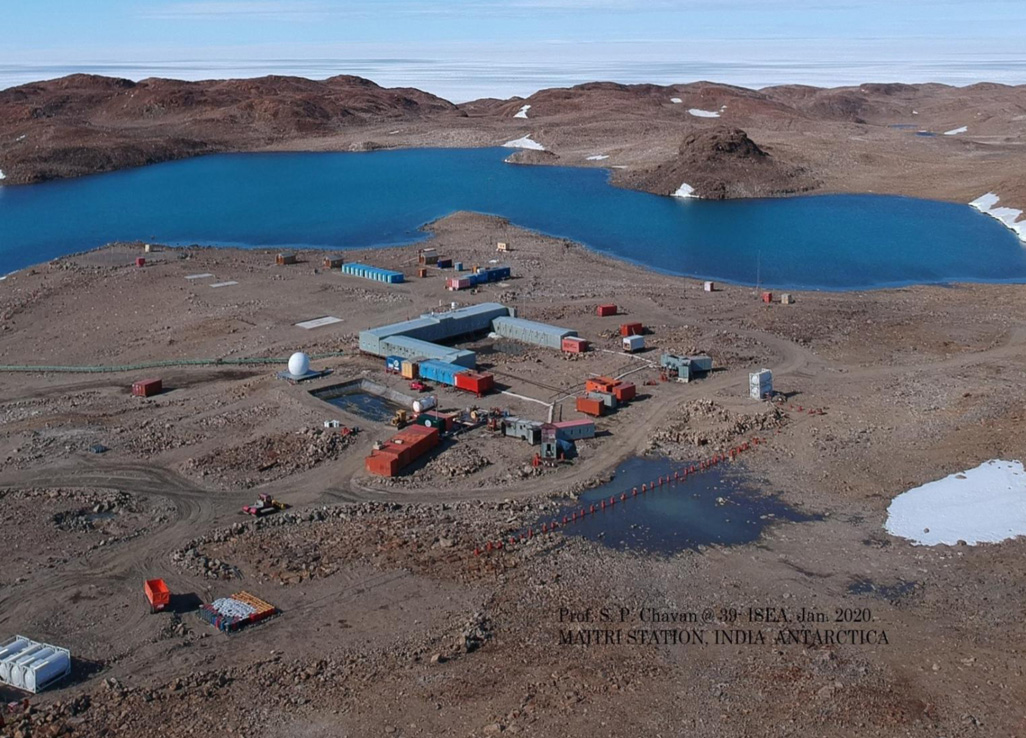Chhattisgarh Dance and Music
Published: Jan 30, 2012
Published: Jan 30, 2012

Photo courtesy: Chhattisgarh Tourism
Raut nacha - the dance performed during dev uthani ekadashi depicts symbolic devotion to Lord Krishna. every year, since 1978, the city of Bilaspur organises the Raut nach mahotsava, where hundreds of tribal women participate from remote villages.
Keep reading with one of these options :
